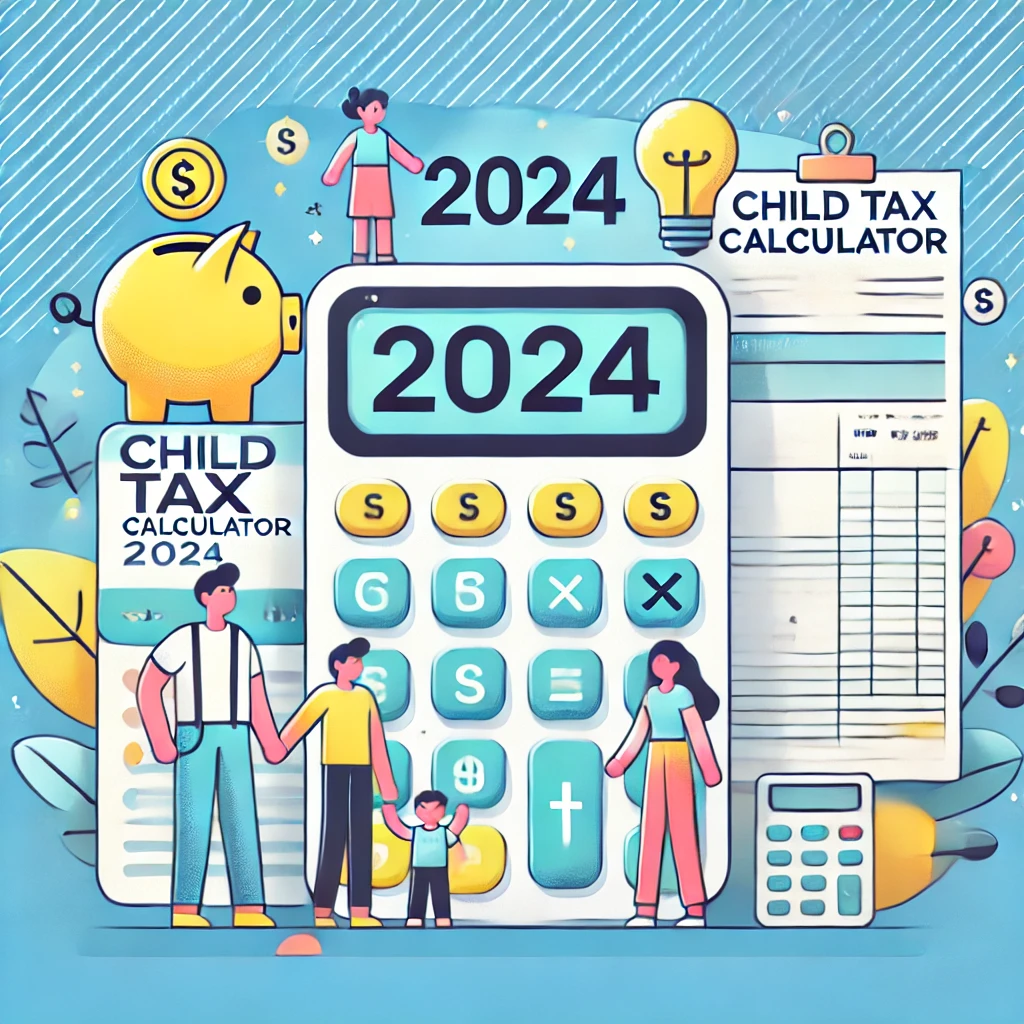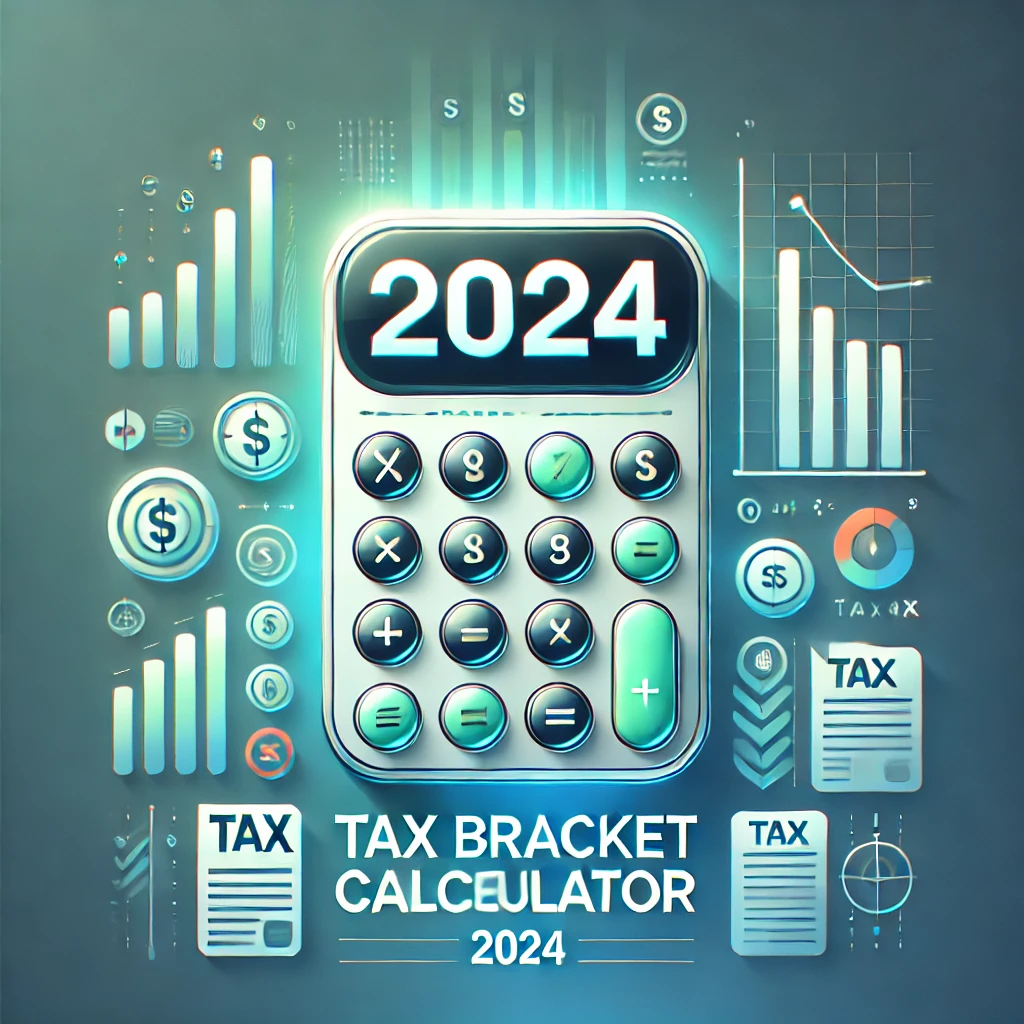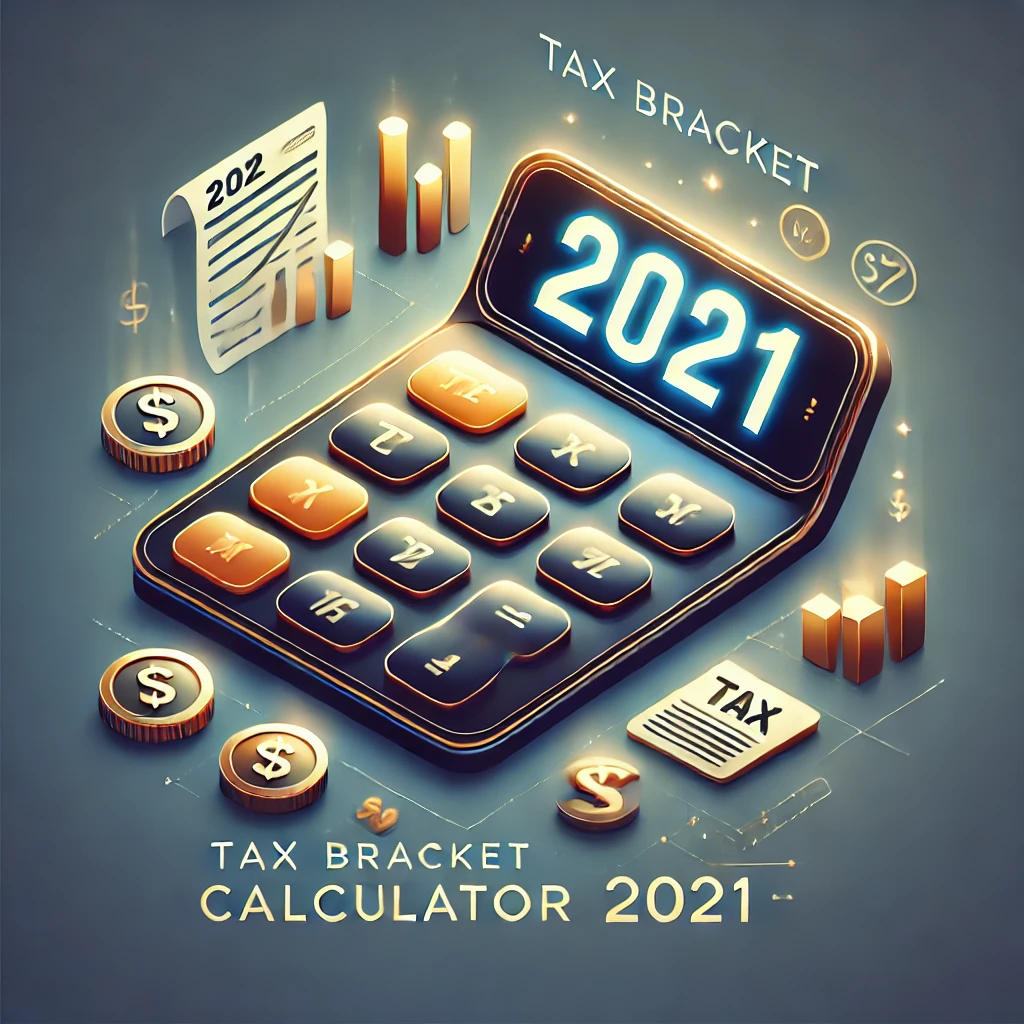There are seven federal tax brackets for the 2023 tax year: 10%, 12%, 22%, 24%, 32%, 35% and 37%. Your bracket depends on your taxable income and filing status. These are the rates for taxes due in April 2023.
Enter your tax year filing status and taxable income to calculate your estimated tax rate.
2022-2023 Tax Brackets and Federal Income Tax Rates
FAQs
The United States has a progressive tax system, meaning people with higher taxable incomes pay higher federal income tax rates.
Being “in” a tax bracket doesn’t mean you pay that federal income tax rate on everything you make. The progressive tax system means that people with higher taxable incomes are subject to higher federal income tax rates, and people with lower taxable incomes are subject to lower federal income tax rates.
The government decides how much tax you owe by dividing your taxable income into chunks — also known as tax brackets — and each chunk gets taxed at the corresponding tax rate. The beauty of this is that no matter which bracket you’re in, you won’t pay that tax rate on your entire income. (This is the idea behind the concept of an effective tax rate.)
Example #1: Let’s say you’re a single filer with $32,000 in taxable income. That puts you in the 12% tax bracket in 2021. But do you pay 12% on all $32,000? No. Actually, you pay only 10% on the first $9,950; you pay 12% on the rest.
Your marginal tax rate is the tax rate you would pay on one more dollar of taxable income. This typically equates to your tax bracket.
For example, if you’re a single filer with $30,000 of taxable income, you would be in the 12% tax bracket. If your taxable income went up by $1, you would pay 12% on that extra dollar too.
If you had $41,000 of taxable income, however, most of it would still fall within the 12% bracket, but the last few hundred dollars would land in the 22% tax bracket. Your marginal tax rate would be 22%.
How to get into a lower tax bracket and pay a lower federal income tax rate
Two common ways of reducing your tax bill are credits and deductions.
Tax credits directly reduce the amount of tax you owe; they don’t affect what bracket you’re in.
Tax deductions,on the other hand, reduce how much of your income is subject to taxes. Generally, deductions lower your taxable income by the percentage of your highest federal income tax bracket. So if you fall into the 22% tax bracket, a $1,000 deduction could save you $220.
In other words: Take all the tax deductions you can claim — they can reduce your taxable income and could kick you to a lower bracket, which means you pay a lower tax rate.












